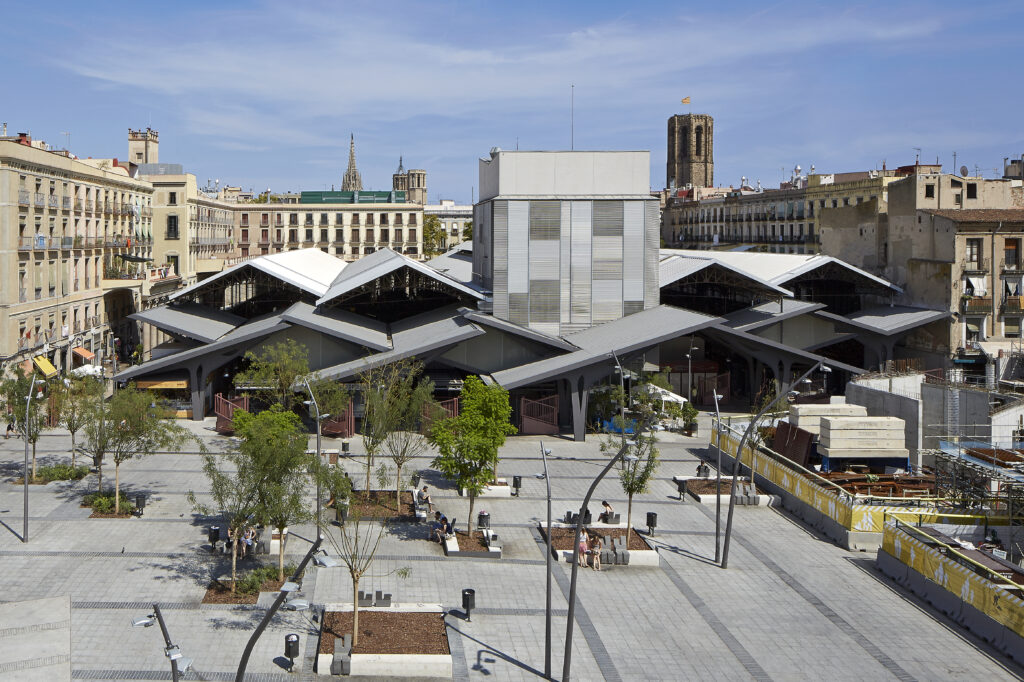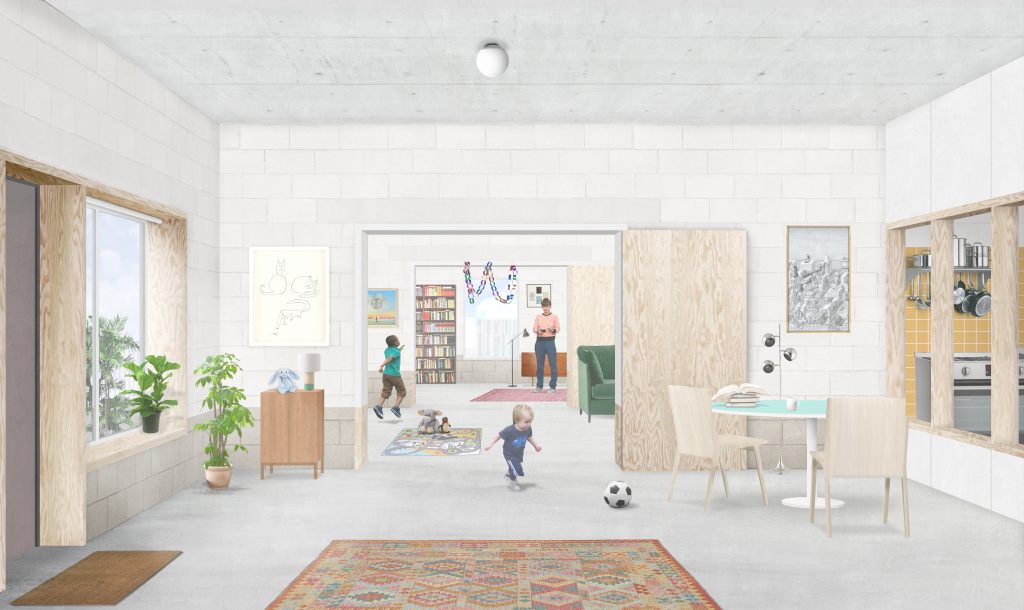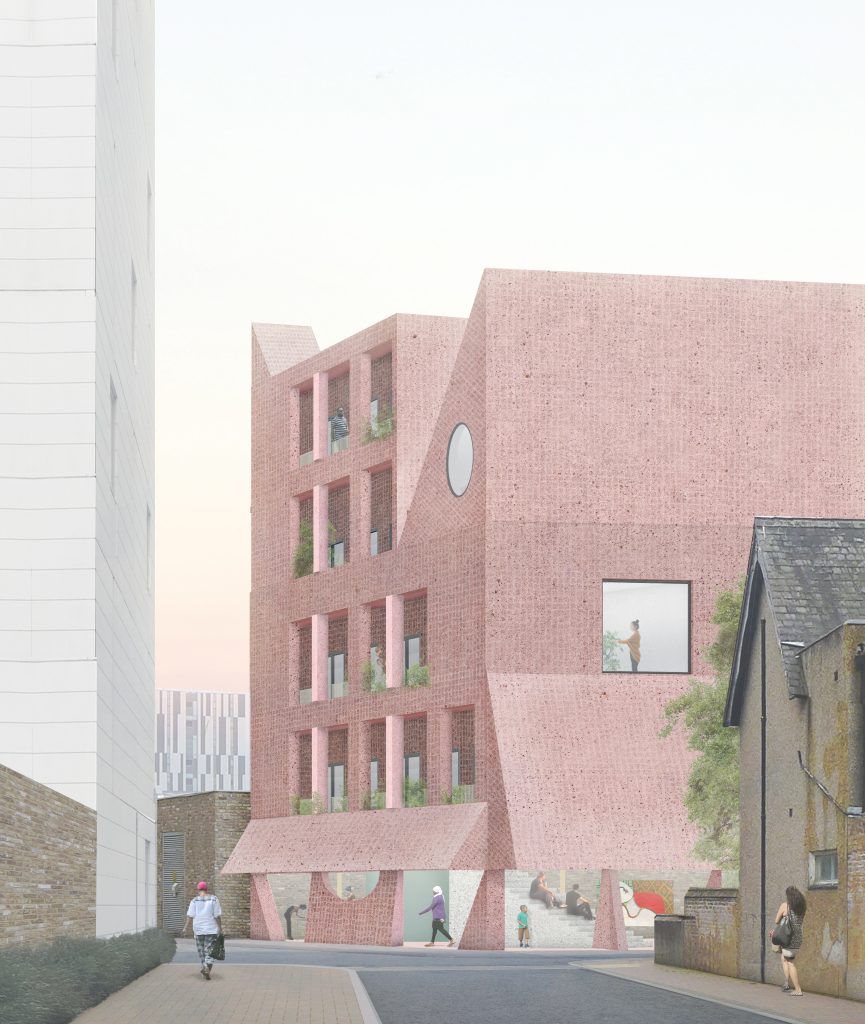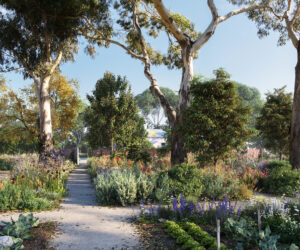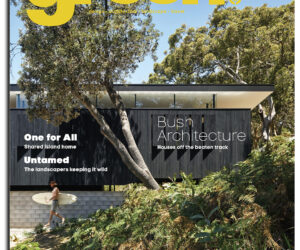Meditations on urbanism: Living Cities Forum 2018
Held on 26 July, The Living Cities Forum 2018 invited local and international architects and global design thinkers to discuss the role of architecture in shaping society. In the afternoon session, the topic of ‘Frameworks and platforms’ was broached by Carme Pinós (of Estudio Carme Pinós, Spain) and Nicholas Lobo Brennan (of Apparata, UK).
Carme Pinós spoke about her projects with honesty, insight and a dash of humour. “I’m not an urbanist, but I believe that when you work in urban architecture, you are making cities. Each time that I work and I make something in the city, I am making [the] city.”
Estudio Carme Pinós’ renovation of La Boquería Market in Barcelona further articulated this considerate approach to architecture and how we interact with it. The design is characterised not only by the space it uses, but the space it doesn’t touch. “[I wanted] to create like a necklace of public spaces,” she explained. Valuing the flow of the popular square in which the market was located, the design amplifies freedom of movement. “[It makes] the public spaces something that connects one with the other, following the movement of people.”
Another project, Public Housing in Vallecas, Madrid, similarly encourages humans to engage. The ground floor is left open, to serve as a walkway and shelter. “Always think with the city,” Carme summarised. This idea is reminiscent of those represented in recently-proposed changes to the Melbourne Planning Scheme by the City of Melbourne – in particular, directions to provide direct pedestrian connections.
The guide also mentions that site layouts should respond to the character of the local area; a concept that was also touched on in a presentation by Nicholas Lobo Brennan. In London, Apparata have worked on a multi-res housing scheme called House for Artists that is part of ongoing research into financial and design models. Nicholas reflected on the “miserable façades” that abound in London, observing that “In the end, the façade … is the gift to the locality. It’s the main point that has an impact on the neighbourhood.”
This design includes openable doors between dwellings to encourage co-living. “A simple twist on logic … [can] make for richer, more inviting spaces,” Nicholas noted.

